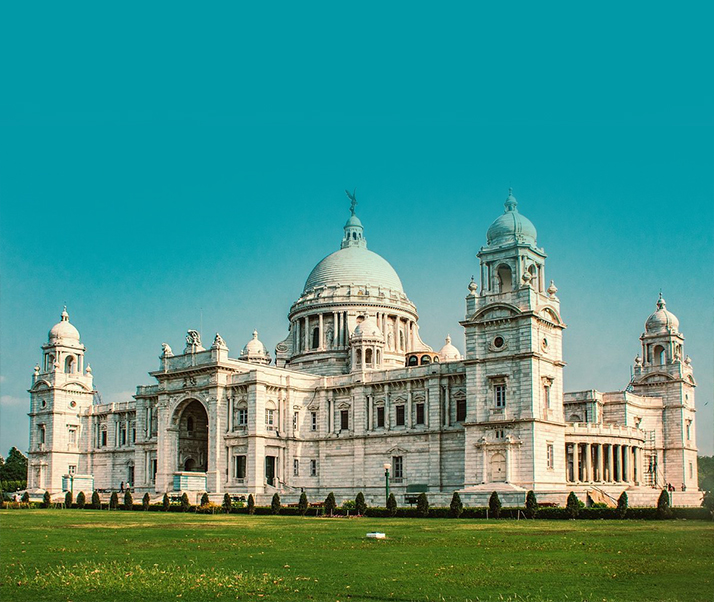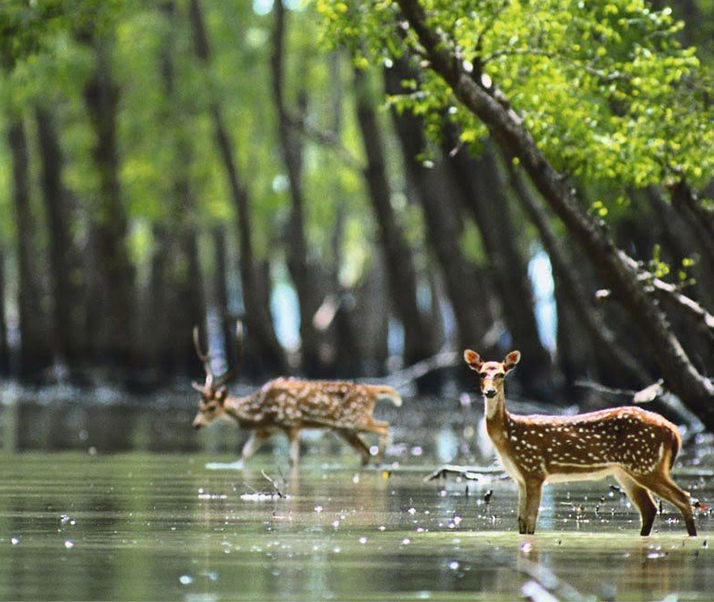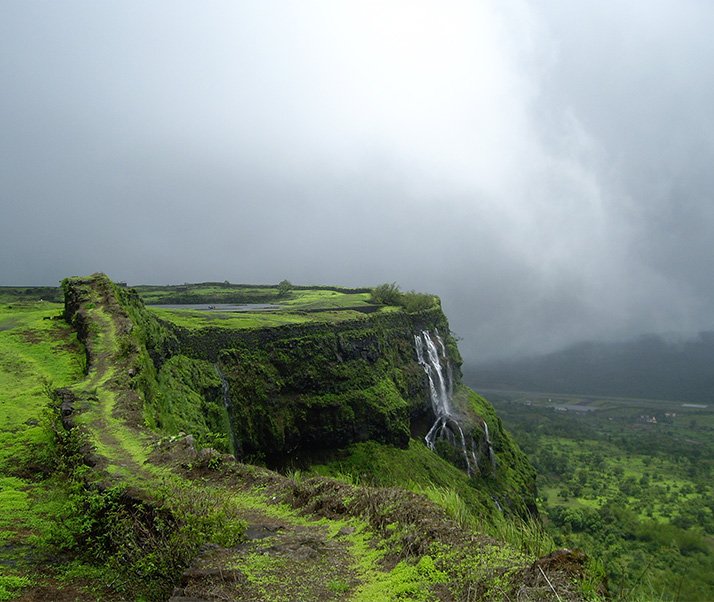+91 9884683139
talk to our Destination
specialist

From the mighty Himalayas to the greenery of Gangetic planes, from serene beaches to mangrove estuaries - West Bengal is a land of many natural splendours. Adding to its charm and appeal are the magnificent heritage architecture, colourful folk festivals, beautiful arts and crafts, traditional and contemporary music, theatre and films and delicious ethnic specialities that make West Bengal truly a brilliant experience offering unique diversities
From the mighty Himalayas to the greenery of Gangetic planes, from serene beaches to mangrove estuaries - West Bengal is a land of many natural splendours. Adding to its charm and appeal are the magnificent heritage architecture, colourful folk festivals, beautiful arts and crafts, traditional and contemporary music, theatre and films and delicious ethnic specialities that make West Bengal truly a brilliant experience offering unique diversities
If you are an adventure enthusiast, the state has no dearth of attractions for you. Visit the dense mangroves of Sunderbans for waterway rides to spot a staggering variety of flora and fauna including the famed Royal Bengal Tiger; trek the Himalayan Mountains; or enjoy a safari in the misty forests of Jaldapara, Chilapata. Even a visit to the colourful tribal villages of the Santhals or other ethnicities is sure to be a thrilling experience of a lifetime.
West Bengal is best visited between October and March which is winter season in the state. Summers are scorching, and it is best to avoid any trip during this time. Between October and March, the weather is cold and pleasant, and one can enjoy a good time at the beaches as well as the hill stations.
Key Facts
Mar - Jun: Min: 23° C / Max: 40° C
Jun - Sep: Min: 25° C / Max: 35° C
Oct - Feb: Min: 7° C / Max: 18° C

The City of Joy!!
Kolkata, a vibrant 350-year-old metropolis located on India's Eastern Coast, the capital of West Bengal thrives on contradictions and imposing spectacles; nothing is commonplace in this city.
It’s a perpetually ongoing festival of human existence, concurrently luxurious and squalid, refined and frantic, pointedly futuristic, while beautifully in decay.
Famously known as the City of Joy, Kolkata is, in every sense, the artistic, cultural and intellectual capital of the country. Kolkata's streets are vivid, hectic, chaotic, and yet, brimming with life and creativity. Driven by the indomitable spirit of the self-made middle class, the city has created a beautiful juxtaposition of the old colonial-era charm with the nascent upcoming hipster culture that thrives amongst the city's millennial residents.
Kolkata is soaked in layers and layers of heritage and culture, and peeling off each layer to look beneath the hood is a very rewarding, once-in-a-lifetime experience. As the famous quote goes, "If you want a city with a soul, come to Calcutta".
Kolkata is home to Rabindranath Tagore's ancestral house, which has now been converted into a museum and houses a staggering collection of family portraits and paintings. There are plenty of ghats all over the city where you can sit and enjoy a sunset while sipping on tea, one of the most noted of these being the Prinsep Ghat, which offers stunning views of the Vidyasagar Setu in the backdrop.
Kolkata has a very lively nightlife, and the entire stretch along Park Street houses innumerable bars and pubs where you can party the night away. Kolkata's street food is famous all across the country, and the city is lined with eateries and food stalls at every corner, where you can savour local Bengali food.

The Queen of the Himalayas!!
Darjeeling conjures visions of snow peaks, serenity of vibrant green hills steeped in splendour, a land of breathtaking beauty crowned by the majestic Himalayas.
This heavenly retreat is bathed in hues of every shade. Flaming red rhododendrons, sparkling white magnolias, miles of undulating hillsides covered with emerald green tea bushes, the exotic forests of silver fir - all under the blanket of a brilliant azure sky dappled with specks of clouds, compellingly confounds Darjeeling as the QUEEN OF HILL STATIONS. The crest of Kanchenjunga shining in the first dawn light truly supports the title.
Famous for its beautiful tea plantations and the quality of Darjeeling tea, Darjeeling is a delight for all kind of tourists. The toy train established back in 1881, still runs in this part and is also one of the UNESCO World Heritage sites. Beautiful colonial architecture including mansions and churches dot this little beautiful town. Filled with people from Tibet, Nepal, nearby Indian states and the Gorkhas, Darjeeling is brimming with cultural diversity.
Some of Darjeeling's most popular attractions include monasteries, botanical gardens, a zoo, and the Darjeeling-Rangeet Valley Passenger Ropeway cable car which happens to be the longest Asian cable car.
The traveler - whether a tourist or a trekker, an ornithologist or a photographer, a botanist or an artist - will find in Darjeeling an experience which will remain etched in one's memory - forever.

Home of the Bengal Tigers!!
Sundarbans National Park is a part of Sundarban delta that is covered with Mangrove Forest and the largest population of the Bengal Tigers. It is a UNESCO world heritage site..
with a large variety of birds and reptiles including salt-water crocodile. It is also known for hosting the biggest mangrove forests in the world.
Shared between India and Bangladesh, the Sundarbans meaning beautiful forest, have been declared a UNESCO heritage site. They are in fact the last remaining stands of the mighty jungles which once covered the Gangetic plain and the sustainability of this natural structure is pretty majestic. Since 1966, the Sundarbans have been a wildlife sanctuary, and it is estimated that there are over 400 Royal Bengal Tigers and about 30, 000 spotted deer in the area.
This forest has the largest number of Sundari trees. Sundarbans epitomize wilderness with its meandering rivers, springs, creeks and estuaries. It is a declared Tiger Reserve, home to the Royal Bengal Tiger- an almost extinct species who swim in the saline water and are often man-eating varieties.
Other endangered species in the Bioreserve are Batagur baska, King Crabs, Olive Ridley and Turtle. You can also find the jungle fowl, giant lizards, spotted deer, wild boar and crocodiles in these forests. The Siberian ducks are another famous attraction here. Besides this, there are over 64 varieties of Mangroves such as Goran, Genwa, Dhundal, Garjan, Kankra, Sundari and Passur. Make sure to hit the Nilkamalor Hiron Point and Katka viewpoints that offer fantastic views of animals in the wilderness. Also, enjoy the mud-flats called Chargheri Char where you can enjoy coastal trekking.
Sundarbans have also been enlisted amongst the finalists in the New 7 Wonders of Nature.

Gateway to the North-East!!
Located 560 kms from Kolkata to the north, Siliguri is the twin city of Jalpaiguri and the third largest in West Bengal. The Jaldapara National Park, situated on the banks of the Torsa river, is a prime attraction of Siliguri.
Earlier known as the Jaldapara Wildlife Sanctuary, the park is spread over an area of around 215 kilometres, and is comprised of riverine forests as well as grasslands. The park is famous for its impressive population of Royal Bengal Tigers, elephants, one-horned rhinoceros, and various other species of deer.
Siliguri has its own international airport which serves mainly as a base for tourists to camp in before moving out to explore nearby tourist attractions such as Kalimpong, Darjeeling, Gangtok and Bhutan.
Over the years, Siliguri has become famous for its products such as tea and timber and also an important commercial and connecting hub. The Kanchenjunga stadium and the Hong Kong market are famous tourist attractions.
When visiting Siliguri, a close-by tourist attraction that most people visit is Mirik. Around 50 kilometres from Siliguri, Mirik is famed for its picturesque beauty, its pristine Sumendu Lake, and its monastery.